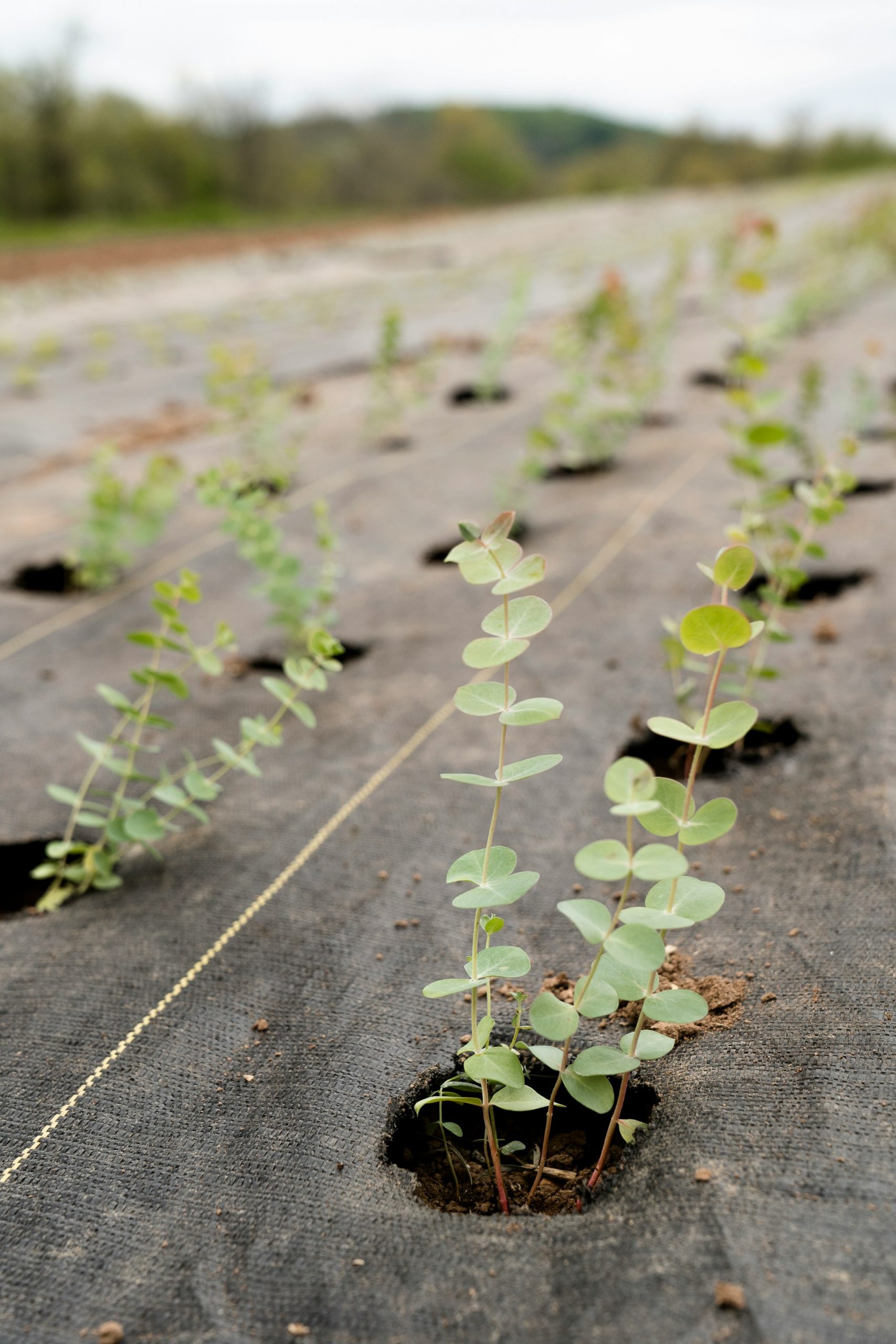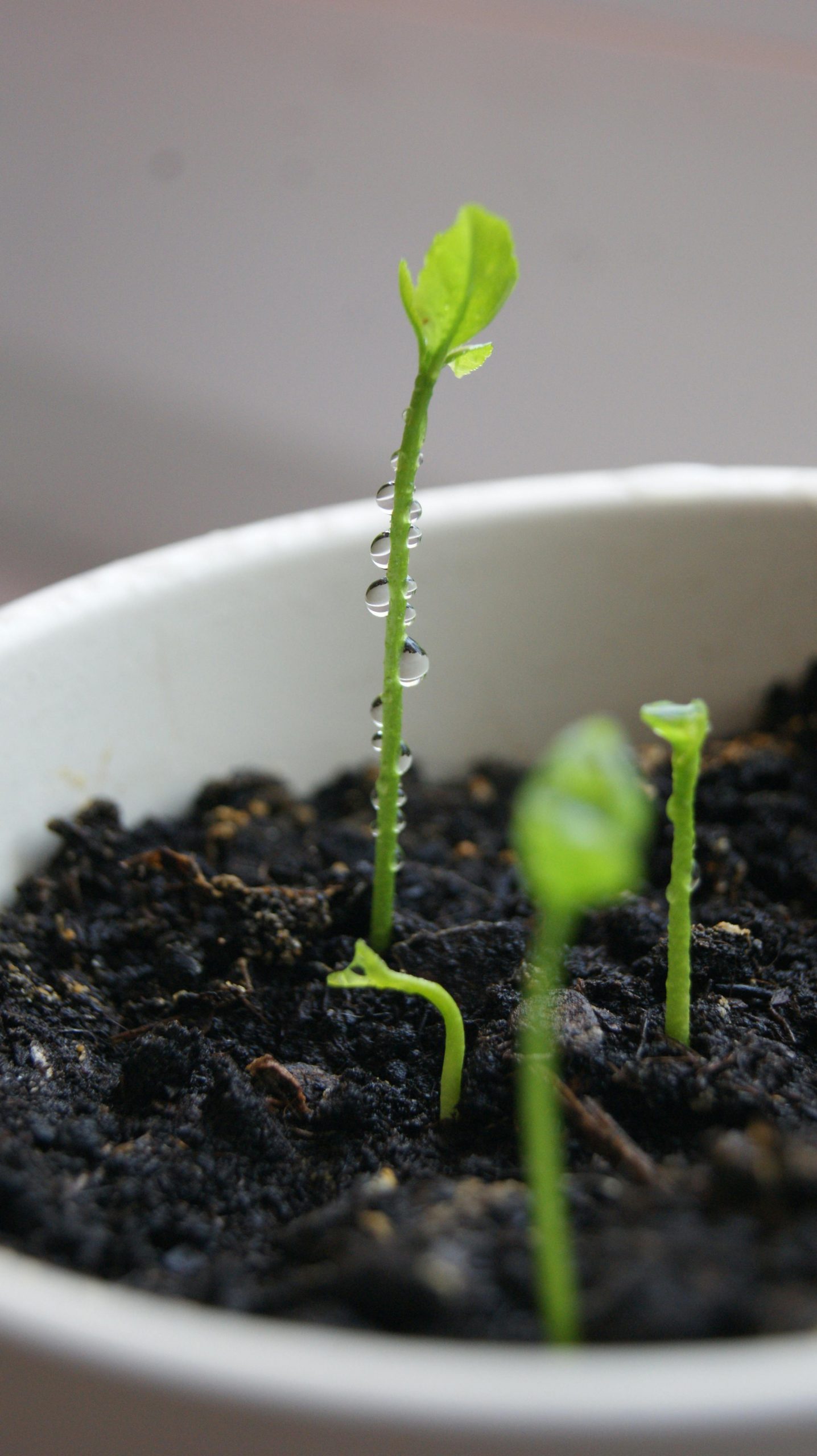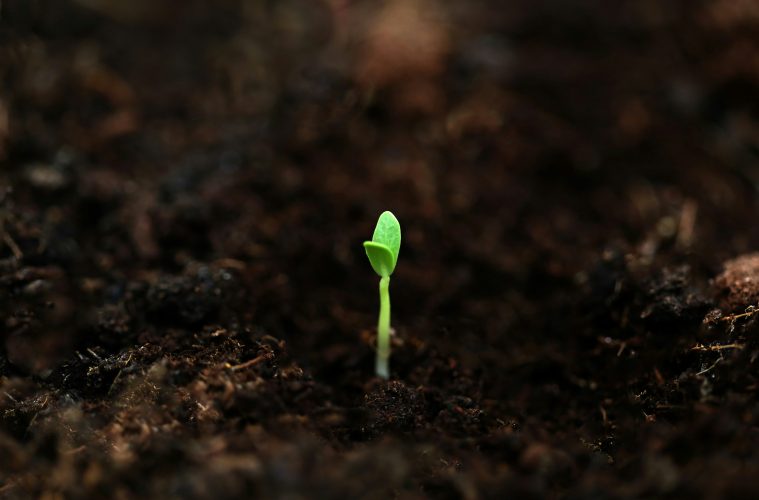Your seeds will germinate faster in warm soils. Some soils can take a while to warm up; heavier soils, such as clay, need more warmth. So, if you’re sowing seed later winter or early spring, it’s a good idea to warm the soil before you sow. If your seeds are planted in cold soil, there’s a risk that they won’t germinate and will rot. Discover how to give your soil a boost with our comprehensive guide.
Different soil types will warm up at different rates. The warmth of the soil also depends on the local climate. Hardy seed varieties can cope better with lower temperatures compared to tender seeds.
Tricks to help warm your soil
Pre-warming your soil isn’t difficult, but it does require some planning. Before covering your soil, take the time to prepare it by removing any weeds on the surface and, if necessary, adding a natural-based fertiliser. This preparation helps your soil retain its nutrients, which will be essential for the seeds.

Image Credit: Pexels
Cover the soil with polythene
Cover your soil surface with a sheet of store-bought polythene or a mulch fabric. These protective covers will keep out cold rain and frost. Try buying darker coloured materials, as the dark colours will absorb heat from the sun and transfer it to the soil. However, clear polythene covers allow the sun to warm the soil directly.
Cover with mulch
Using mulch can work in two ways. Garden compost and manure will act as a layer of insulation and protect the soil from frost. Mulch is more useful when applied around late autumn, as it helps prevent the ground from freezing or frosting. Simply remove the mulch when temperatures increase. This will enable the sun to warm the soil quickly, so you can begin seed germination.
Use a cloche
Normally used to cover seeds and young growing plants, cloches are even more beneficial if you use them a week or two before sowing. They trap air, allowing it to warm in the sun. When using glass cloches, care needs to be taken as they can be heavy and easily broken. If not fitted properly, they can blow around in the wind, proving ineffective.

Image Credit: Pexels
ALSO SEE: HOW TO SCARIFY SEEDS FOR BETTER GERMINATION ( AND WHY YOU SHOULD)
How to scarify seeds for better germination (and why you should)
Feature Image: Unsplash

